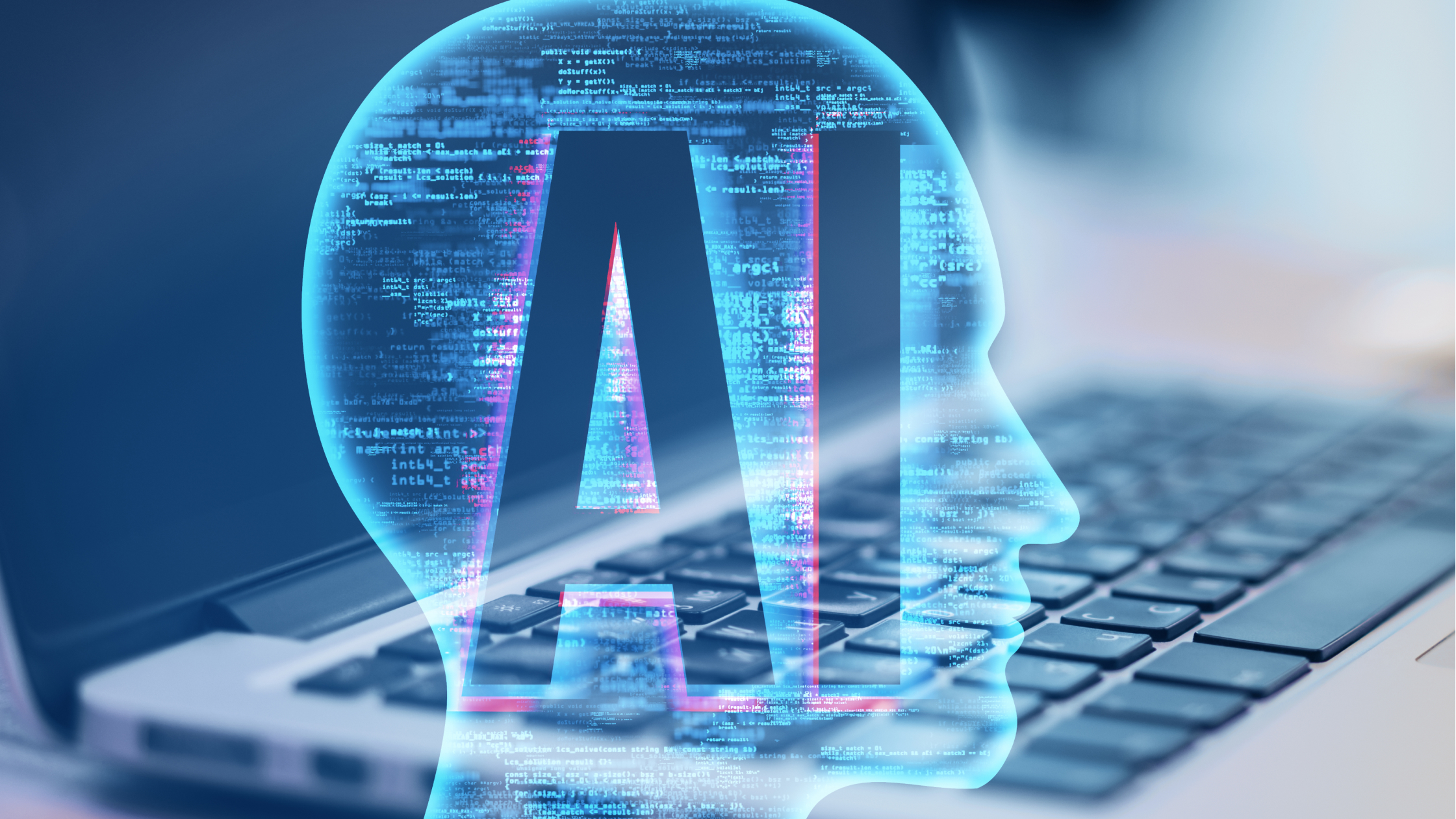Encoder-Decoder Architecture is a neural network design that transforms one sequence into another. It consists of two main parts: the encoder, which processes and compresses input data into a compact format, and the decoder, which takes that compressed data and produces the output sequence.
This architecture is widely used in tasks like machine translation, text summarization, speech recognition, and image captioning.
Why Use an Encoder-Decoder?
Many AI tasks require converting inputs of one format or length into outputs of a different length or structure. Traditional models struggle with such transformations. The encoder-decoder setup makes handling variable-length inputs and outputs easier and is especially good at processing sequential data, like text or speech.
For example, in machine translation, the encoder reads an English sentence and summarizes its meaning. The decoder then generates the same meaning in French, one word at a time.
Components of Encoder-Decoder Architecture
|
Component |
Function |
|
Encoder |
Reads the input and creates a fixed-size representation (called a context vector). |
|
Decoder |
Generates the output sequence using the context vector from the encoder. |
|
Context Vector |
The compressed information from the input used by the decoder to generate output. |
Each part has a specific job: the encoder understands, the decoder generates, and the context vector connects them.
How the Encoder Works
The encoder takes in the full input (e.g., a sentence, image, or audio signal) and processes it through layers of neural networks. It converts the input into a numerical representation, usually a fixed-length vector that summarizes its meaning.
In text tasks, this usually involves tokenizing the input into words or subwords, embedding them into dense vectors, and passing them through Recurrent Neural Networks (RNNs), Convolutional Neural Networks (CNNs), or Transformers.
How the Decoder Works
The decoder receives the context vector from the encoder and generates the output sequence one step at a time. It produces the first output token and uses that token as input for the next step.
This process continues until a stopping condition is reached (e.g., a special end-of-sequence token). The decoder is often implemented using the same architectures as the encoder, such as RNNs or Transformer blocks.
Training the Architecture
Encoder-decoder models are usually trained using supervised learning. The model is shown pairs of input and output sequences (e.g., English sentence → French translation), and it learns to minimize the difference between its predictions and the correct outputs.
During training:
- The encoder processes the input sequence.
- The decoder is trained to produce the correct output, one token at a time.
- The model adjusts its internal weights based on the error.
Types of Encoder-Decoder Architectures
1. RNN-Based Architectures
These use Recurrent Neural Networks like LSTM or GRU units. They process input and output sequences one element simultaneously, maintaining a hidden state. They work well for smaller tasks but struggle with long sequences.
2. CNN-Based Architectures
Convolutional Neural Networks can encode input sequences, especially when the context is localized. They’re fast but may not capture long-range dependencies well without additional techniques.
3. Transformer-Based Architectures
These models use self-attention mechanisms instead of recurrence. Transformers are currently the most powerful encoder-decoder models (e.g., BERT, T5, BART). They handle long sequences efficiently and allow parallel processing.
Attention Mechanism
One limitation of the basic encoder-decoder model is that the decoder relies only on the final context vector from the encoder. This may cause a loss of important details, especially for long inputs.
To fix this, the attention mechanism was introduced.
How Attention Helps
Instead of just one context vector, attention allows the decoder to look at different parts of the input at each step of the output generation. This helps the model focus on the most relevant parts of the input for each output word or token.
Attention helps in improved translation quality, better handling of long sequences
and increased model interpretability (you can see which parts the model “looked at”)
Applications of Encoder-Decoder Architecture
Machine Translation
Encoder-decoder architecture is commonly used in machine translation, where the encoder processes the input text in one language, and the decoder generates the translated text in another language. This process allows for accurate language conversion based on contextual understanding.
Text Summarization
The encoder reads and processes long articles for text summarization, while the decoder generates a concise summary. This approach enables systems to extract the most relevant information, turning lengthy content into a brief, easy-to-understand summary.
Image Captioning
In image captioning, the encoder processes the image into a compact representation, and the decoder generates a text description. This application bridges the gap between visual data and language, helping systems create meaningful captions for images.
Speech Recognition
The encoder-decoder architecture is used in speech recognition systems to convert spoken audio into written text. The encoder processes the sound input, while the decoder generates the corresponding transcription, enabling voice-to-text capabilities.
Chatbots / Dialogue
The encoder-decoder architecture generates appropriate responses for chatbots and conversational agents based on prior conversation input. The encoder understands the user’s message, and the decoder generates a relevant and coherent reply, facilitating natural dialogue.
Code Generation
In code generation, the encoder processes natural language instructions, and the decoder translates them into programming code. This application enables AI systems to assist in coding by converting high-level descriptions into functional code snippets.
Strengths of Encoder-Decoder Architecture
1. Flexibility
It works with different input and output types (text, images, speech), making it a universal pattern for many tasks.
2. Sequence Awareness
The architecture handles sequences naturally, capturing dependencies across words or time steps.
3. Modularity
The encoder and decoder can be swapped or upgraded independently, for example, using a stronger or multilingual decoder.
4. Pretraining and Fine-tuning
Models like T5 or mT5 are pretrained on large datasets and then fine-tuned for specific tasks using the same encoder-decoder design.
Limitations
1. Information Bottleneck
In basic versions, the entire input is compressed into a single vector. This can lose important details, especially for long inputs.
2. Computational Complexity
Transformer-based encoder-decoders can require significant computing resources, especially during training.
3. Exposure Bias
During training, the decoder sees the correct previous outputs, but during testing, it must rely on its own predictions, which may compound errors.
4. Data Dependency
Performance depends heavily on the quality and quantity of training data. Low-resource languages or domains may suffer.
Encoder vs. Decoder: Functional Difference
|
Encoder |
Decoder |
|
Processes input |
Generates output |
|
Produces a hidden representation |
Uses the representation to make predictions |
|
No output sequence |
Requires previous tokens to generate next tokens |
|
Learns to summarize |
Learns to construct contextually accurate sequences |
Training Tips for Encoder-Decoder Models
-
Use Pretrained Components
If available, start with pretrained encoders (e.g., BERT) or decoders to improve performance with less data.
-
Apply Teacher Forcing
During training, feed the correct output token into the decoder instead of the predicted one to stabilize learning.
-
Use Early Stopping
Prevent overfitting by stopping training once validation performance plateaus.
-
Regularly Evaluate BLEU or ROUGE Scores
These are standard metrics to assess output quality in translation or summarization.
-
Fine-tune on Domain-Specific Data
Fine-tune the model on domain-relevant examples if working in legal, medical, or technical fields.
Future Directions
As encoder-decoder models continue to evolve, several trends are emerging:
-
Multimodal Encoder-Decoders: Handle input from different sources—like combining images, audio, and text for richer understanding.
-
Unified Models: Architectures like T5 (Text-to-Text Transfer Transformer) unify multiple tasks (translation, Q&A, summarization) under a single framework.
-
Efficient Transformers: Research is ongoing to reduce encoder-decoder models’ memory and speed costs while keeping performance high.
-
Interactive Decoding: New methods allow user control or feedback during decoding to guide generation more precisely.
Encoder-Decoder Architecture is a fundamental concept in modern AI and deep learning. It powers many applications that require transforming data from one form into another, like translating languages, summarizing documents, or generating responses.
With enhancements like attention mechanisms and Transformer models, this architecture has become a key part of state-of-the-art AI systems. While powerful, its effectiveness depends on thoughtful training, adequate data, and proper implementation.



